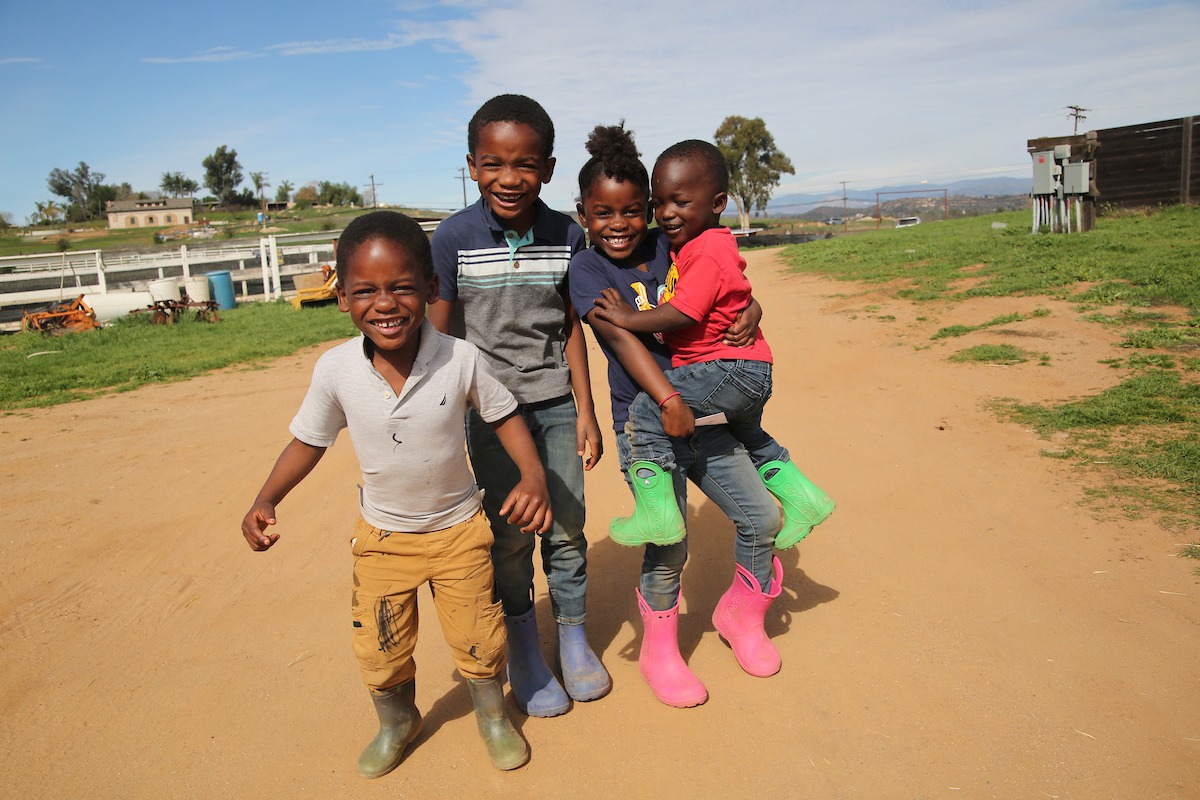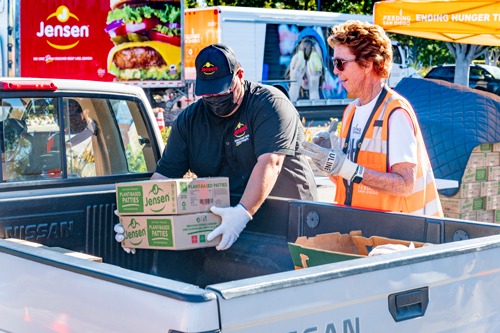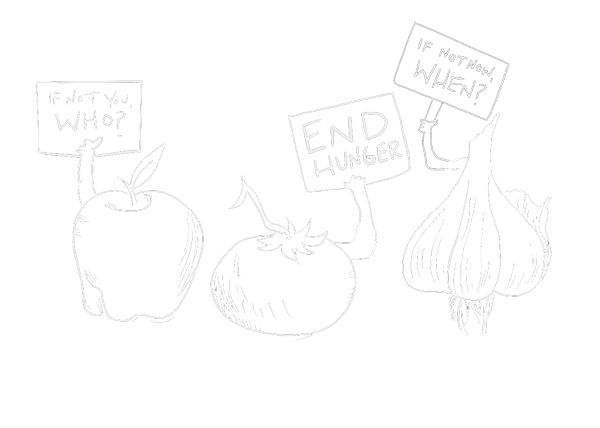How We Work
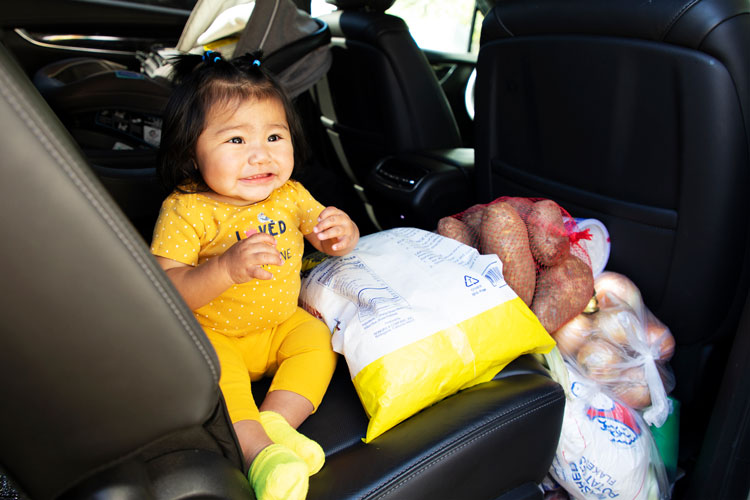
At Feeding San Diego, we strive to connect every person facing hunger in San Diego with healthy food. So how can we achieve this goal? It’s simple – through food rescue.
More than 31% of food produced in the U.S. goes to waste every year. Feeding San Diego rescues high-quality, nutritious, surplus food from all types of food donors, such as farms and grocery stores. Then, we work with community partners who distribute the food to people in need.
A Decentralized Approach
Traditional food banks bring all food to a central warehouse before distributing it. We do things a little differently. Our flexible decentralized model allows us to choose whether to keep food local or bring it to our distribution center. If it’s more efficient for a local partner to rescue the food directly, we coordinate pick up from the food donor by a community partner.
This process helps keep the food fresher, speeds up time to distribution, and enables us to serve more people facing hunger.
There are three main stages in our approach. First, we identify the needs of the people we serve using data. Then, we source the food that’s needed which involves a combination of rescuing and purchasing food. The final step is distribution, which happens in a variety of ways depending on the community need.
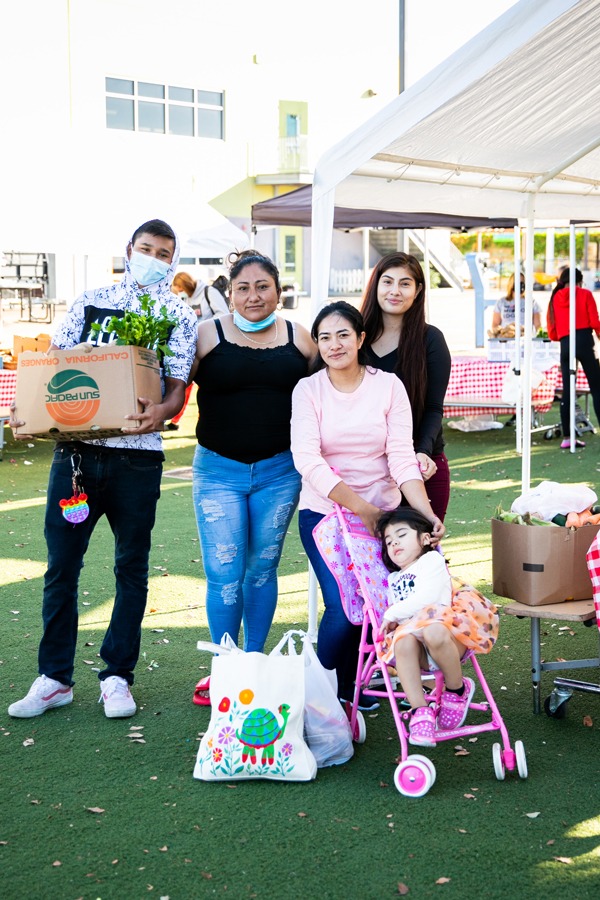
Where Do We Get the Food?
FY24 Food Sources: Rescued vs. Purchased
92% of the food we distribute is rescued. We rescue food from a range of donors, including:
- grocery and retailers,
- farms and packing sheds,
- hotels,
- restaurants,
- convenience stores,
- caterers
- and many more!
We also purchased some food to fill in the gaps.
So Why Do We Prioritize Food Rescue?
Many food banks buy the majority of the food they distribute.
At Feeding San Diego, we have made food rescue a pillar of our method because we know that feeding people can also protect the planet.
Through food rescue, we can combat the environmental and economic effects of food waste.
Environmental Impacts of Food Waste
People are going hungry while 31% of all food produced is wasted
Our food system is inefficient. In 2023, 31% of the 237 million tons of food available in the U.S. was allowed to go unsold or uneaten, according to ReFed. This is considered surplus food. A small portion was donated to those in need, while the vast majority became food waste and went to landfills, incineration, or was left to rot in fields.
Overall, ReFED estimates that 27% of all food in the U.S. – 63 million tons – goes to waste. To put that in perspective, that is almost 120 billion meals’ worth of food that we’re letting go unsold or uneaten each year, roughly 1.4% of U.S. GDP.
Uneaten Food Consumes:
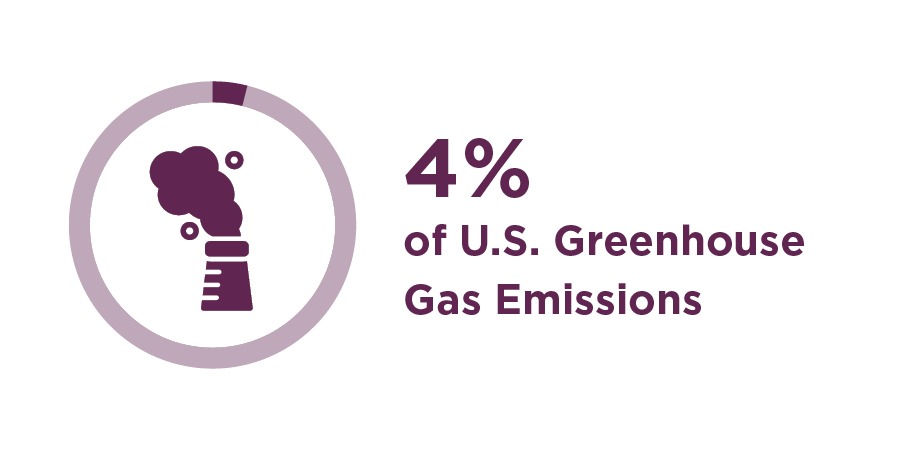
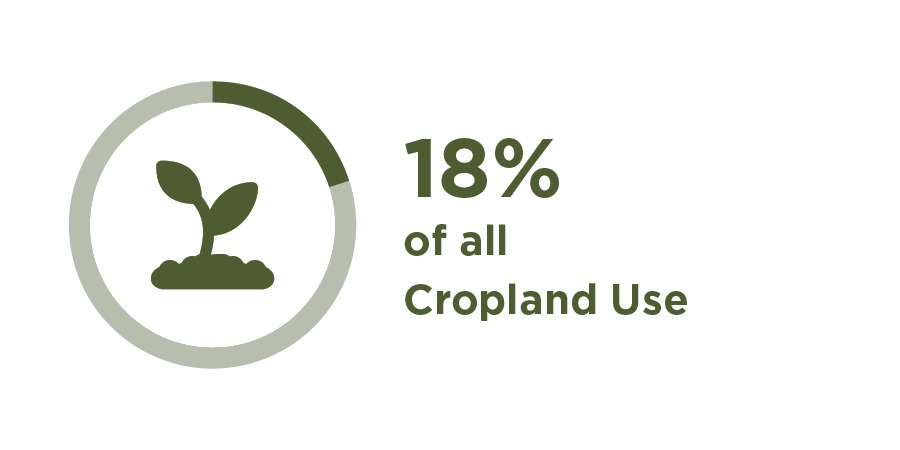

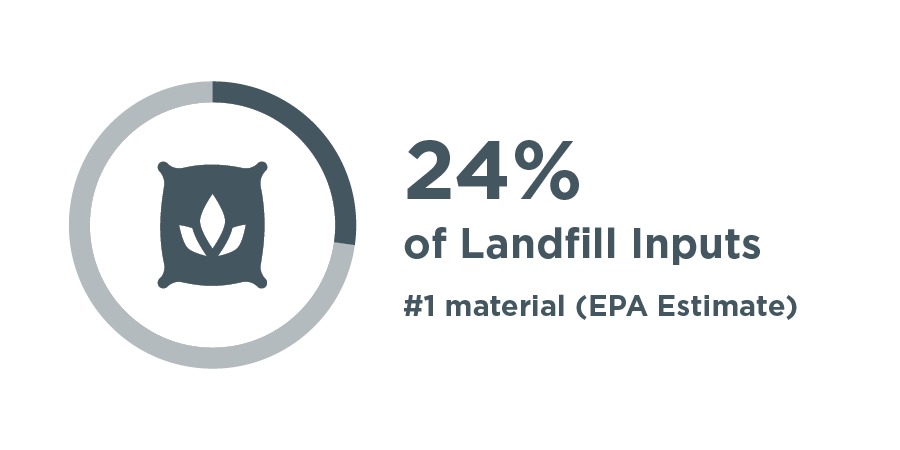
Our food system is inefficient. In 2019, 35% of the 229 million tons of food available in the U.S. was allowed to go unsold or uneaten, according to ReFed. This is considered surplus food. A small portion of it was donated to those in need, while the vast majority became food waste, and went to landfill, incineration, or was left to rot in fields.
Overall, ReFED estimates that 24% of all food in the U.S. – 54 million tons – goes to waste. To put that in perspective, that is almost 130 billion meals’ worth of food that we’re letting go unsold or uneaten each year, roughly 2% of U.S. GDP.
Uneaten Food Consumes:




Feeding People Is the Second Most Important Strategy to Reduce Food Waste
The EPA prioritizes the strategies for food recovery. The top levels of the hierarchy are the best ways to prevent and divert wasted food, because they create the most benefits for the environment, society, and the economy.
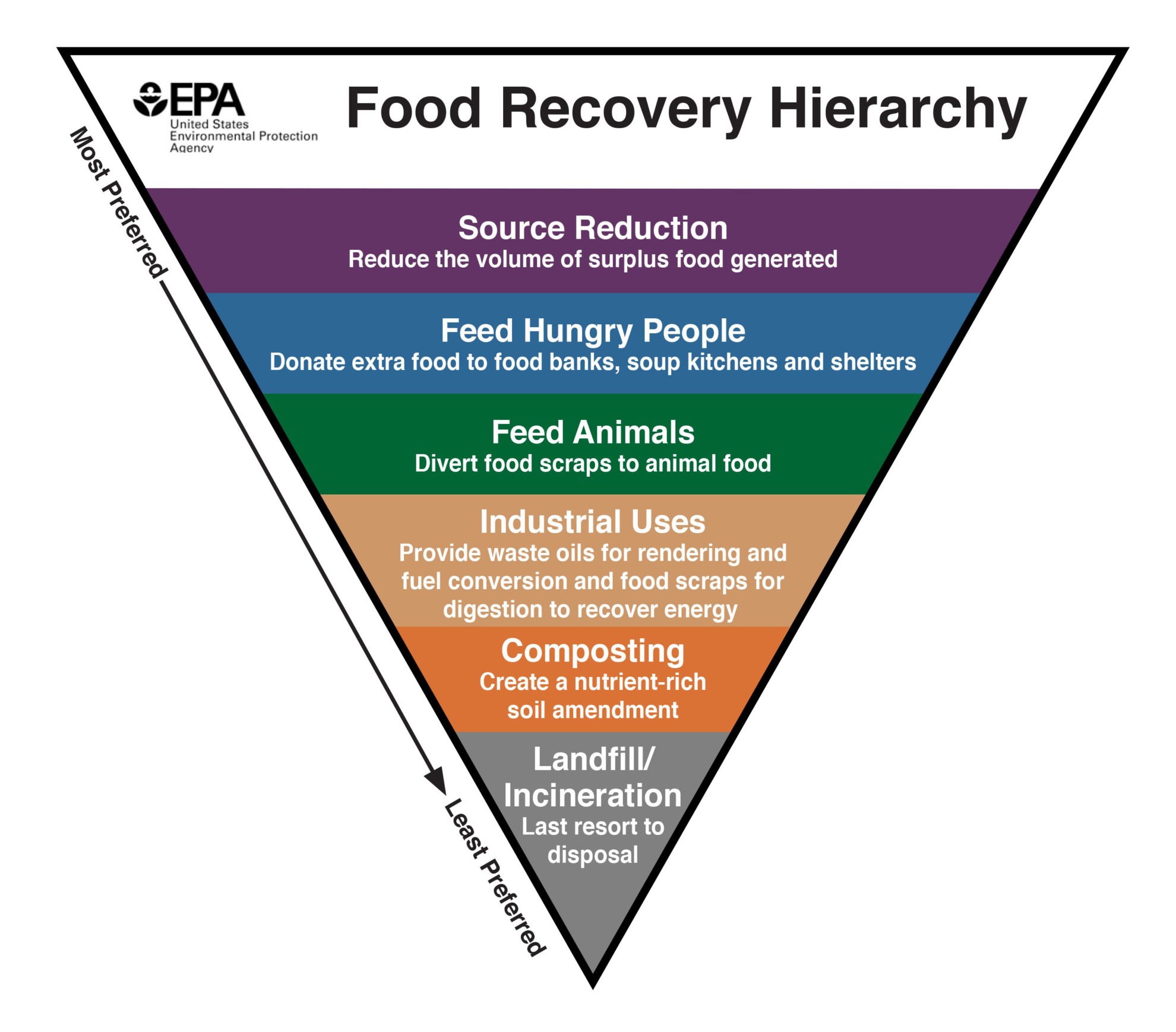
Economic Impacts of Food Waste
According to ReFED, the economic impacts of food waste are enormous: “In 2023, the value of surplus food reached $382 billion. Of this, 88%—$338 billion—was due to food waste. While the financial cost of uneaten food is greatest for consumers, food surplus within all food industry sectors was worth about $107 billion.”
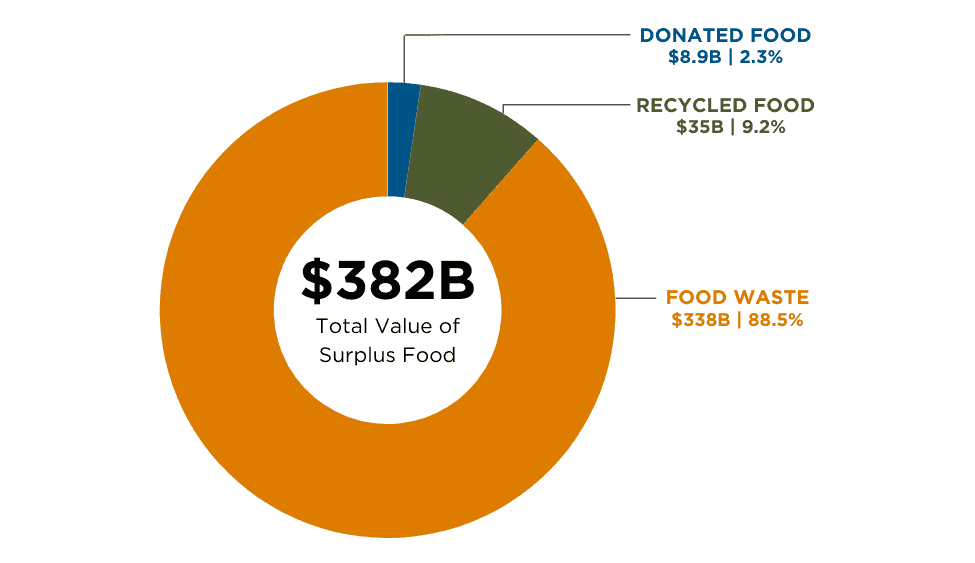
Supporting Global Goals
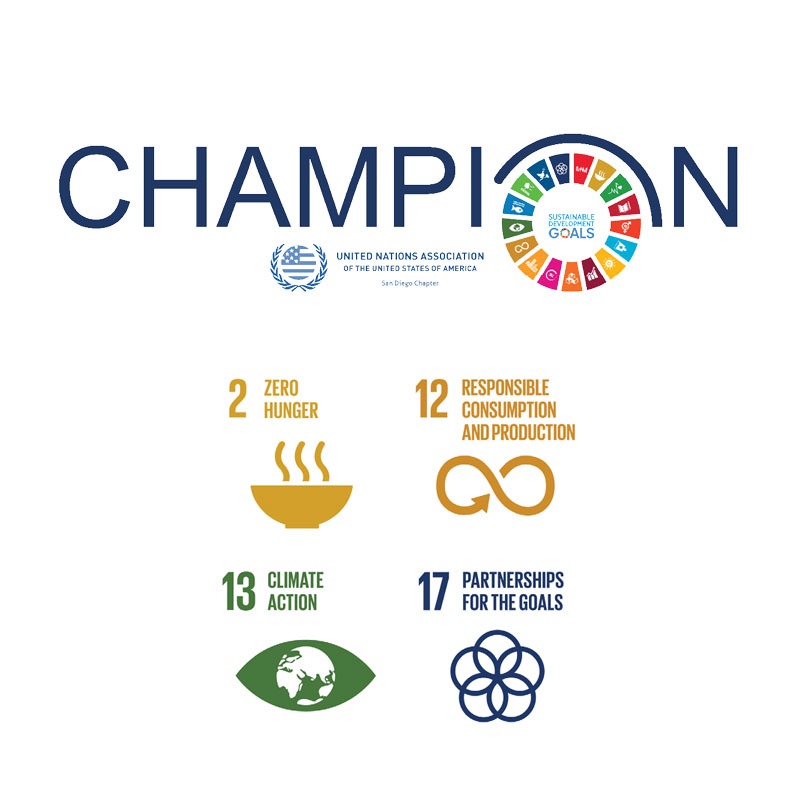
United Nations Sustainable Development Goals
Feeding San Diego aligns with the global goals of the United Nations, in particular Zero Hunger (SDG 2), Responsible Consumption and Production (SDG 12), Climate Action (SDG 13), and Partnerships (SDG 17).
In April of 2021, the United Nations Association of San Diego awarded Feeding San Diego with their SDGs Champion Seal. The SDGs Champion Seal acknowledges Feeding San Diego’s work as making a positive impact on our local communities with global reach.

